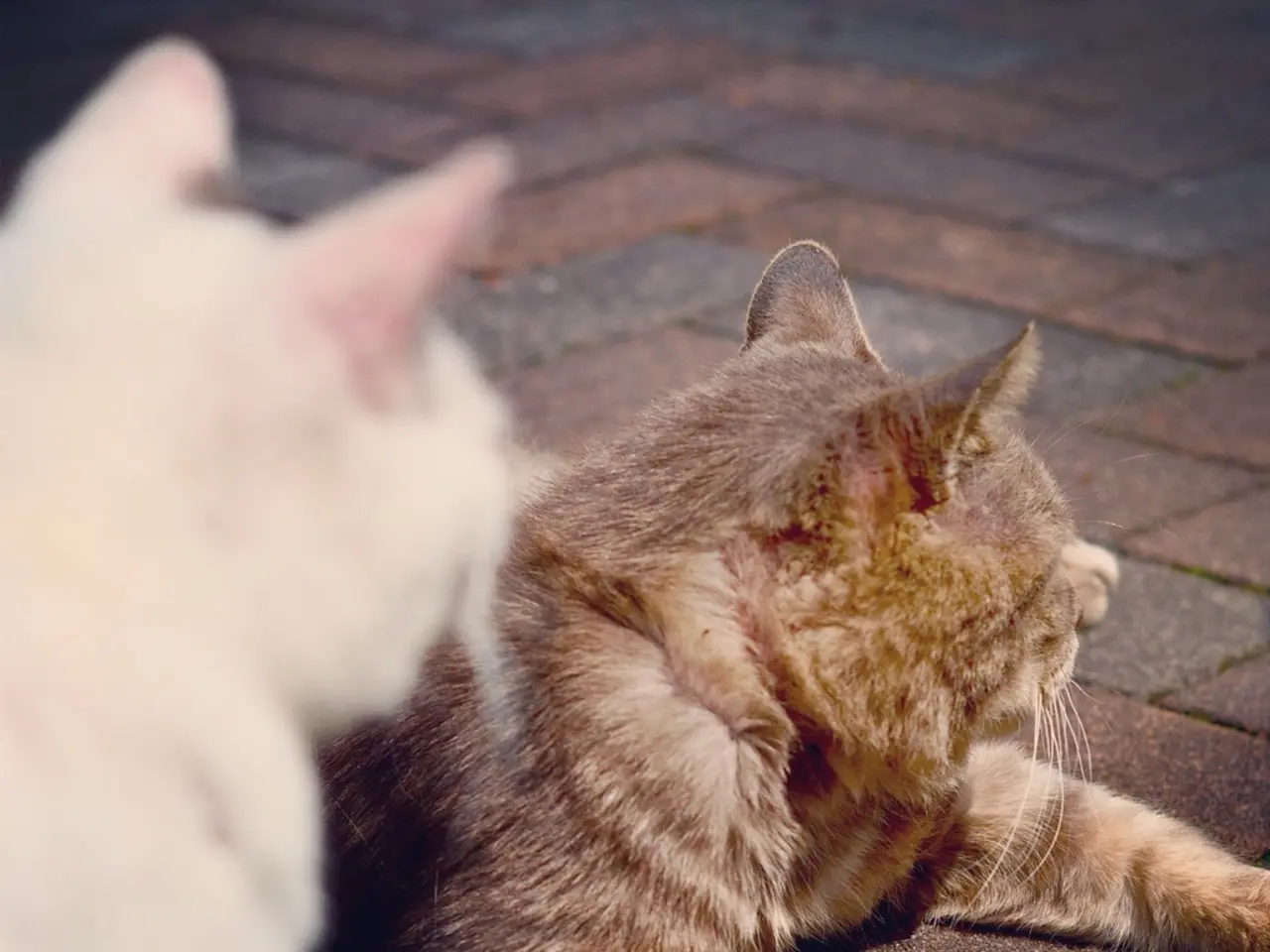Exploring the Distinctions: A Comparative Analysis of the Savannah and Bengal Cats, Both with Ancestry Rooted in the Wild
Savannah and Bengal Cats: High Energy and Intellectual Feline Companions
Savannah and Bengal cats are not your average household felines. These exotic-looking breeds require more time, effort, and commitment from their owners, reflecting their wild ancestry and lively temperament.
Standing tall at 8-10 inches for Bengals and 14-17 inches for Savannahs, these medium-to-large cats weigh between 8-15 pounds and up to 25 pounds respectively. With their sleek, muscular bodies and striking appearances, they are a sight to behold.
Exercise and Mental Stimulation
Savannah and Bengal cats demand more exercise than many other breeds, necessitating about 30 to 60 minutes of active play daily to satisfy their high energy levels and prevent destructive behaviors. They enjoy climbing, running, and playing vigorously, so providing plenty of vertical space and interactive toys is essential.
In addition to physical exercise, these breeds require mental stimulation due to their high intelligence and natural curiosity. Puzzle feeders, training (including leash walking and clicker training), and interactive play are all crucial elements in keeping them mentally engaged.
Training Potential
Both Savannahs and Bengals respond well to training, making them easy to teach tricks and even leash walking. However, this requires patience from their owners, as they can be quite determined and independent.
Health Considerations
While both breeds are generally healthy, they do have some health concerns to be aware of. Bengal cats are at risk from HCM and are more likely to suffer with hip dysplasia and patellar luxation, which can lead to pain, mobility issues, and early-onset arthritis. Savannah cats have a slightly increased risk of hypertrophic cardiomyopathy (HCM).
Progressive retinal atrophy (PRA) is a hereditary condition that Savannah cats can suffer from, causing loss of vision. Bengal cats are also more likely to develop feline infectious peritonitis than some other breeds of cats.
Socialization and Early Life
Early socialization is important for both breeds, as their wild roots could make them more independent and wary if this has not been handled correctly. Active owners who can give them plenty of time and attention are ideal for these energetic cats.
A cat wheel can be helpful for both the Savannah and Bengal, as long as it is the correct size for them. A large home and some outdoor space are a must for Savannah cats, while Bengals, though a bit more adaptable, could be kept as an indoor-only cat.
In conclusion, Savannah and Bengal cats demand more time and effort for exercise and engagement than average breeds. Regular, consistent, and varied exercise routines are necessary to maintain their health and happiness. These intelligent, active, and curious cats make wonderful, engaging companions for the right owners.
- Despite their appearance, Savannah and Bengal cats require more care and commitment due to their high energy levels and advanced intellect.
- These cats demand approximately 30 to 60 minutes of active play daily to prevent destructive behaviors and channel their energy effectively.
- To keep them mentally stimulated, puzzle feeders, training (including leash walking and clicker training), and interactive play are essential for Savannah and Bengal cats.
- Both Savannahs and Bengals are receptive to training, enabling owners to teach tricks and even leash walking, but patience is needed as they can be determined and independent.
- Bengal cats are prone to HCM, hip dysplasia, patellar luxation, and feline infectious peritonitis, while Savannah cats may develop PRA and have a slightly increased risk of HCM.
- Early socialization is crucial for both breeds to combat their inclination towards independence and wariness, making active owners who can provide ample time and attention ideal.
- A cat wheel, if sized appropriately, can be beneficial for the Savannah and Bengal's exercise needs, while a large home and some exterior space are essential for Savannahs.
- Bengals can potentially be kept as indoor-only cats, although they may adapt better to various living circumstances compared to Savannahs.
- By maintaining regular, consistent, and diversified exercise routines, owners can ensure the health and contentment of their Savannah or Bengal feline companion.
- With their intelligence, activity levels, and curiosity, Savannah and Bengal cats make wonderfully engaging companions for dedicated owners.
- The pet lifestyle, fashion and beauty, food and drink, home and garden, relationships, travel, education and self-development, and sports industries can capitalize on the growing popularity of these exotic-looking, high-energy feline breeds.




